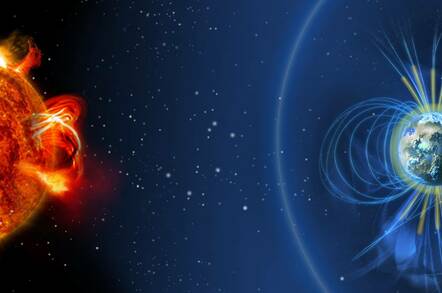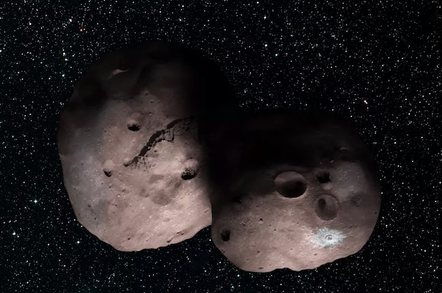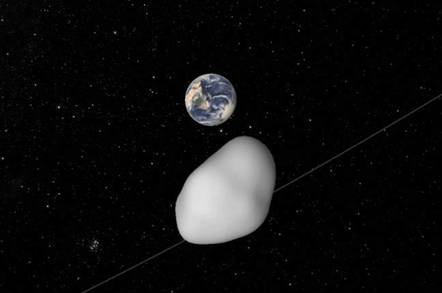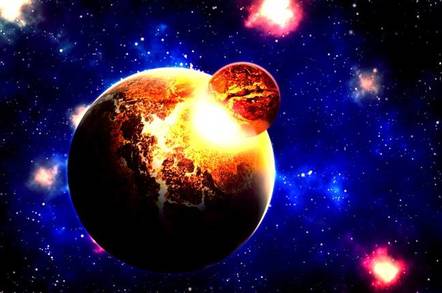- Joined
- Apr 1, 2005
- Messages
- 10,803
- Reaction score
- 6,529
Jupiter's great red spot: Juno probe captures closest images yet of huge storm
Nasa releases raw data to public, enabling citizen scientists and experts to share their own processed versions of the images
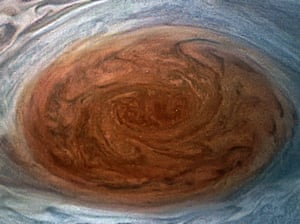
Nasa releases raw data to public, enabling citizen scientists and experts to share their own processed versions of the images


